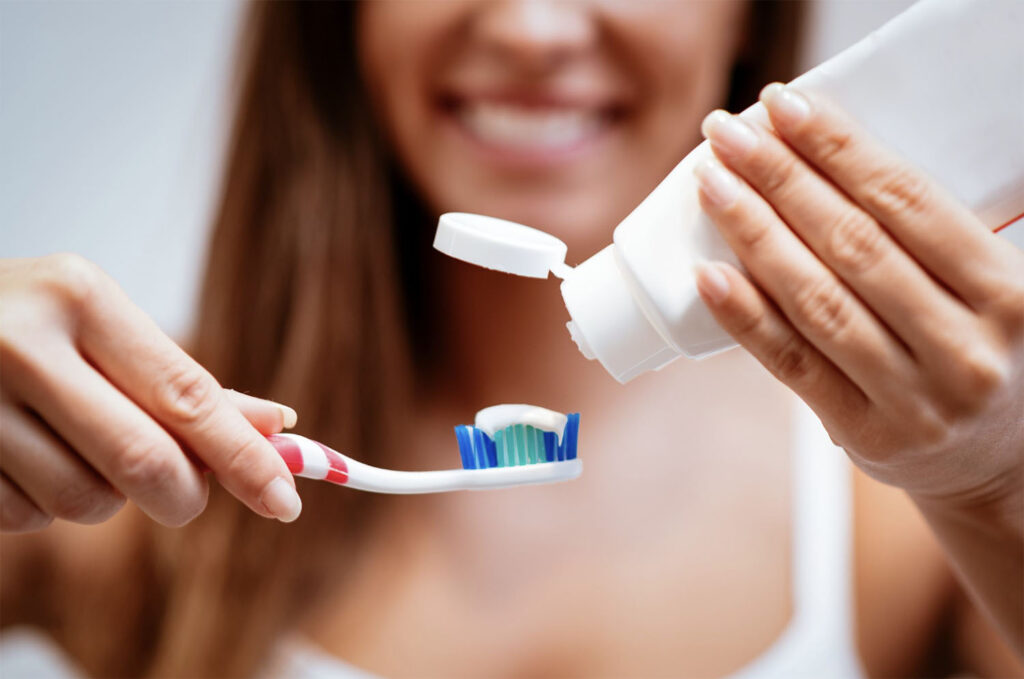By Kaitlyn Scanlon, Alliance Intern from Oregon State University ’26
Brush those pearly whites and do it well! Before you do, though, make sure it’s been 30 minutes since you’ve eaten. Brushing too soon after eating can “weaken the enamel of the tooth, which is the outer layer of the tooth,” according to Ezzard Rolle, DDS, assistant professor of dental medicine at Columbia University’s College of Dental Medicine. Why should you take the time to wait? Allowing 30 minutes to pass lets the enamel remineralize and build up its strength so it can withstand the brushing process.
Fret not, Rolle doesn’t stop there with the pearls of dental knowledge! To select an ideal toothbrush, Rolle advises that you choose one with soft bristles as it is easier on your teeth and gums. Furthermore, Rolle emphasizes that “there’s a common misconception that a hard toothbrush cleans better than a soft toothbrush, but this is just not true,” per the Columbia University Irving Medical Center. Applying gentle, yet firm pressure while brushing with your soft toothbrush yields optimal results by minimizing abrasion on your gums and teeth.
So you’ve got the right tool and the spirit — but do you know how to properly do it? Rolle recommends brushing at a 45-degree angle to your gums and engaging in a circular motion with your brush parallel to your teeth. When you apply that technique, you want to think of your mouth in terms of four quadrants: upper left, upper right, lower left, and lower right. Dedicating roughly 30 seconds to cleaning each section “usually ensures that all parts of the mouth are equally and effectively cleaned,” Rolle states.
Eager to hear how you can advance your dental game beyond stellar brushing techniques? Work flossing into your tooth care routine at least twice a day! Rolle recommends you “use a long piece — about 18 inches — and bring the floss down in between the teeth, make a C shape with the floss, and hug each tooth.” Flossing is the key to reaching hard-to-brush areas you may otherwise miss.
Rolle’s parting piece of ardent advice is opting for an electric toothbrush if possible. Rolle explains that “the main advantage of an electric toothbrush is that it does a lot of the brushing motion for you,” as reported by the Columbia University Irving Medical Center. Additionally, more advanced models are capable of providing helpful analytics to improve your brushing techniques.
Finally, in addition to all of Rolle’s helpful hints, you might want to consider using a water pik to both clear hard-to-reach food particles and to build healthier gums.
The Alliance wishes you good dental health and happy brushing (and flossing of course)!

